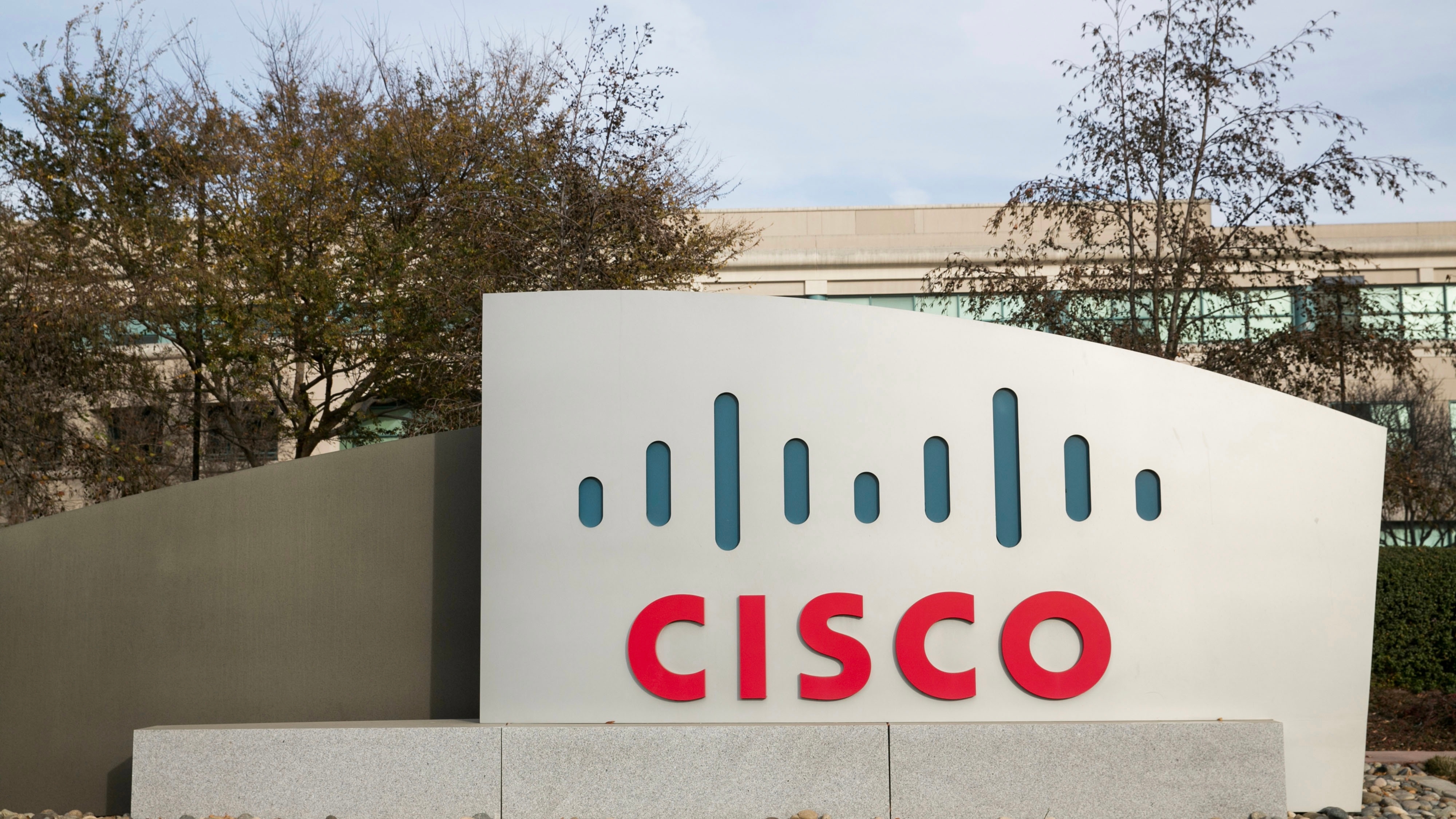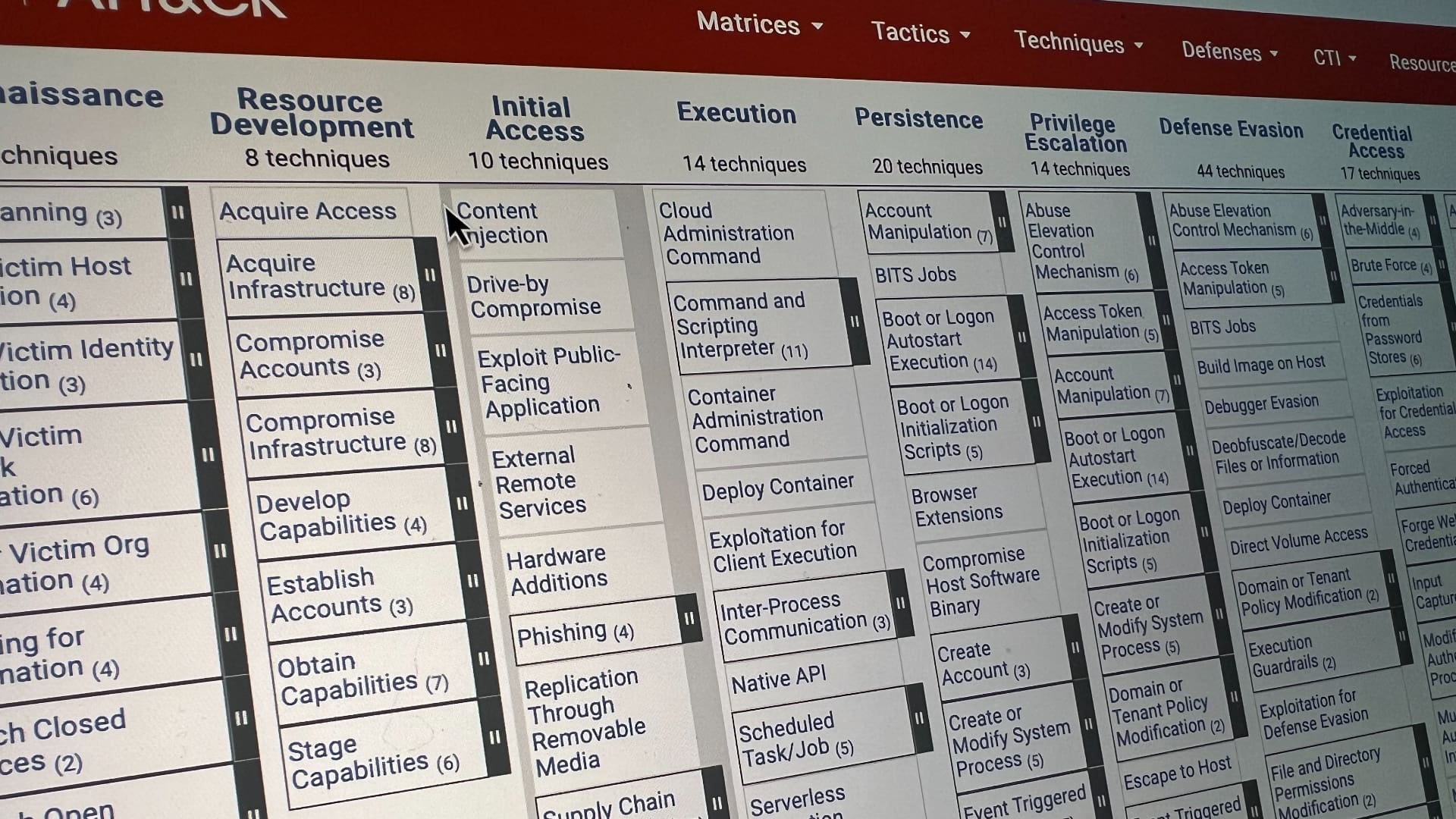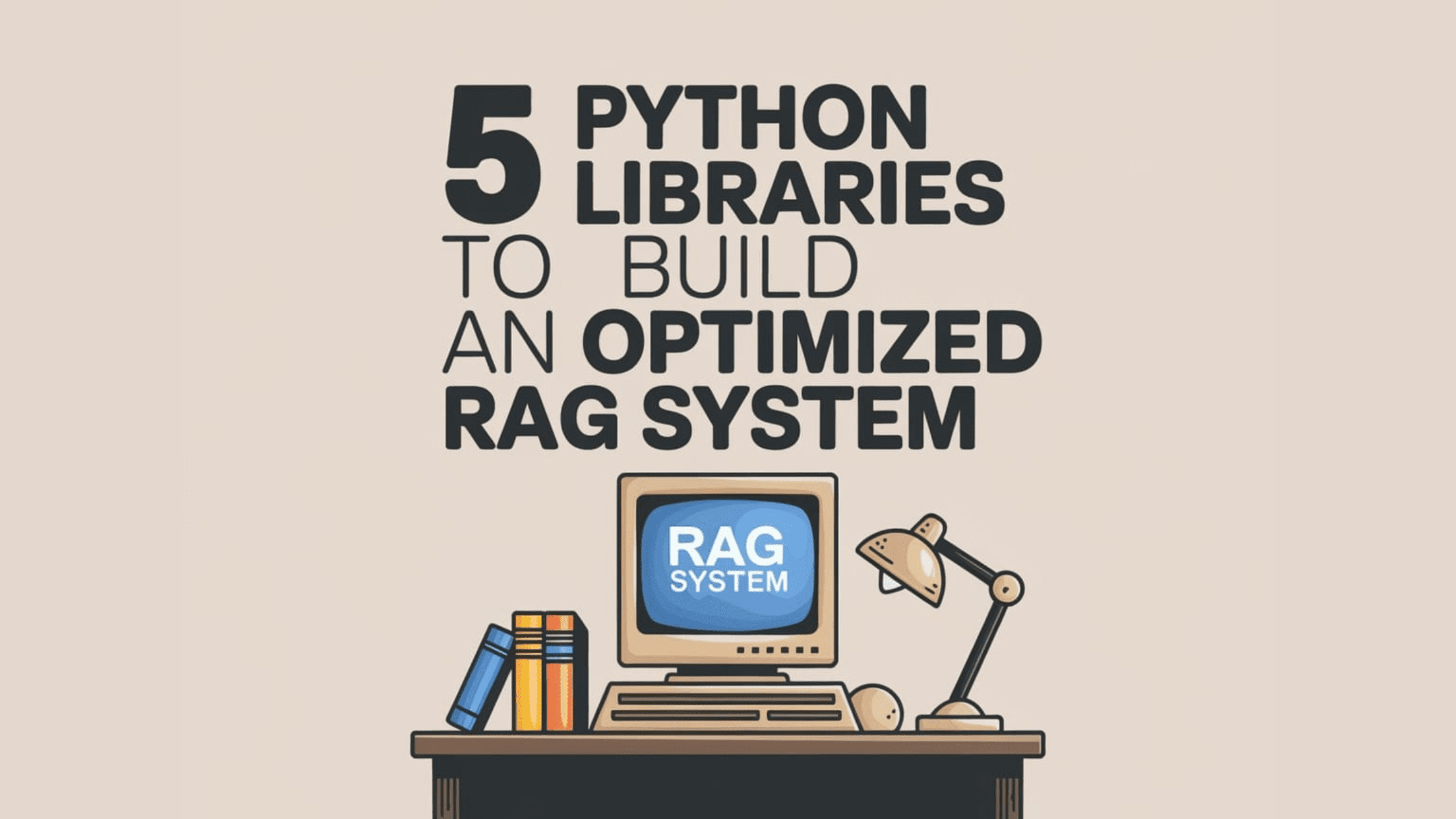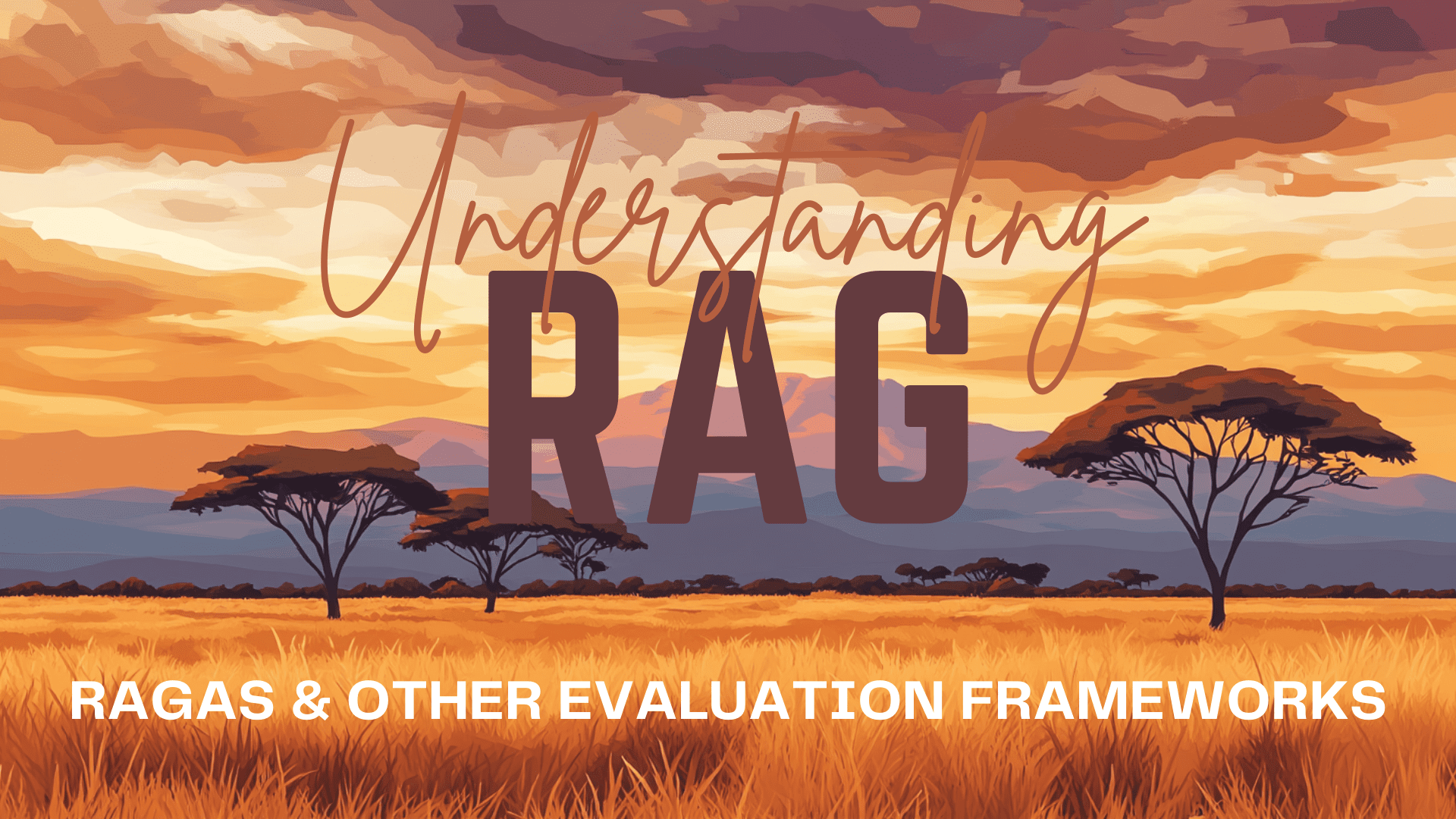What’s next for nuclear power
MIT Technology Review’s What’s Next series looks across industries, trends, and technologies to give you a first look at the future. You can read the rest of them here. While nuclear reactors have been generating power around the world for over 70 years, the current moment is one of potentially radical transformation for the technology. As…

MIT Technology Review’s What’s Next series looks across industries, trends, and technologies to give you a first look at the future. You can read the rest of them here.
While nuclear reactors have been generating power around the world for over 70 years, the current moment is one of potentially radical transformation for the technology.
As electricity demand rises around the world for everything from electric vehicles to data centers, there’s renewed interest in building new nuclear capacity, as well as extending the lifetime of existing plants and even reopening facilities that have been shut down. Efforts are also growing to rethink reactor designs, and 2025 marks a major test for so-called advanced reactors as they begin to move from ideas on paper into the construction phase.
That’s significant because nuclear power promises a steady source of electricity as climate change pushes global temperatures to new heights and energy demand surges around the world. Here’s what to expect next for the industry.
A global patchwork
The past two years have seen a new commitment to nuclear power around the globe, including an agreement at the UN climate talks that 31 countries pledged to triple global nuclear energy capacity by 2050. However, the prospects for the nuclear industry differ depending on where you look.
The US is currently home to the highest number of operational nuclear reactors in the world. If its specific capacity were to triple, that would mean adding a somewhat staggering 200 gigawatts of new nuclear energy capacity to the current total of roughly 100 gigawatts. And that’s in addition to replacing any expected retirements from a relatively old fleet. But the country has come to something of a stall. A new reactor at the Vogtle plant in Georgia came online last year (following significant delays and cost overruns), but there are no major conventional reactors under construction or in review by regulators in the US now.
This year also brings an uncertain atmosphere for nuclear power in the US as the incoming Trump administration takes office. While the technology tends to have wide political support, it’s possible that policies like tariffs could affect the industry by increasing the cost of building materials like steel, says Jessica Lovering, cofounder at the Good Energy Collective, a policy research organization that advocates for the use of nuclear energy.
Globally, most reactors under construction or in planning phases are in Asia, and growth in China is particularly impressive. The country’s first nuclear power plant connected to the grid in 1991, and in just a few decades it has built the third-largest fleet in the world, after only France and the US. China has four large reactors likely to come online this year, and another handful are scheduled for commissioning in 2026.
This year will see both Bangladesh and Turkey start up their first nuclear reactors. Egypt also has its first nuclear plant under construction, though it’s not expected to undergo commissioning for several years.
Advancing along
Commercial nuclear reactors on the grid today, and most of those currently under construction, generally follow a similar blueprint: The fuel that powers the reactor is low-enriched uranium, and water is used as a coolant to control the temperature inside.
But newer, advanced reactors are inching closer to commercial use. A wide range of these so-called Generation IV reactors are in development around the world, all deviating from the current blueprint in one way or another in an attempt to improve safety, efficiency, or both. Some use molten salt or a metal like lead as a coolant, while others use a more enriched version of uranium as a fuel. Often, there’s a mix-and-match approach with variations on the fuel type and cooling methods.
The next couple of years will be crucial for advanced nuclear technology as proposals and designs move toward the building process. “We’re watching paper reactors turn into real reactors,” says Patrick White, research director at the Nuclear Innovation Alliance, a nonprofit think tank.
Much of the funding and industrial activity in advanced reactors is centered in the US, where several companies are close to demonstrating their technology.
Kairos Power is building reactors cooled by molten salt, specifically a fluorine-containing material called Flibe. The company received a construction permit from the US Nuclear Regulatory Commission (NRC) for its first demonstration reactor in late 2023, and a second permit for another plant in late 2024. Construction will take place on both facilities over the next few years, and the plan is to complete the first demonstration facility in 2027.
TerraPower is another US-based company working on Gen IV reactors, though the design for its Natrium reactor uses liquid sodium as a coolant. The company is taking a slightly different approach to construction, too: by separating the nuclear and non-nuclear portions of the facility, it was able to break ground on part of its site in June of 2024. It’s still waiting for construction approval from the NRC to begin work on the nuclear side, which the company expects to do by 2026.
A US Department of Defense project could be the first in-progress Gen IV reactor to generate electricity, though it’ll be at a very small scale. Project Pele is a transportable microreactor being manufactured by BWXT Advanced Technologies. Assembly is set to begin early this year, with transportation to the final site at Idaho National Lab expected in 2026.
Advanced reactors certainly aren’t limited to the US. Even as China is quickly building conventional reactors, the country is starting to make waves in a range of advanced technologies as well. Much of the focus is on high-temperature gas-cooled reactors, says Lorenzo Vergari, an assistant professor at the University of Illinois Urbana-Champaign. These reactors use helium gas as a coolant and reach temperatures over 1,500 °C, much higher than other designs.
China’s first commercial demonstration reactor of this type came online in late 2023, and a handful of larger reactors that employ the technology are currently in planning phases or under construction.
Squeezing capacity
It will take years, or even decades, for even the farthest-along advanced reactor projects to truly pay off with large amounts of electricity on the grid. So amid growing global electricity demand around the world, there’s renewed interest in getting as much power out of existing nuclear plants as possible.
One trend that’s taken off in countries with relatively old nuclear fleets is license extension. While many plants built in the 20th century were originally licensed to run for 40 years, there’s no reason many of them can’t run for longer if they’re properly maintained and some equipment is replaced.
Regulators in the US have granted 20-year extensions to much of the fleet, bringing the expected lifetime of many to 60 years. A handful of reactors have seen their licenses extended even beyond that, to 80 years. Countries including France and Spain have also recently extended licenses of operating reactors beyond their 40-year initial lifetimes. Such extensions are likely to continue, and the next few years could see more reactors in the US relicensed for up to 80-year lifetimes.
In addition, there’s interest in reopening shuttered plants, particularly those that have shut down recently for economic reasons. Palisades Nuclear Plant in Michigan is the target of one such effort, and the project secured a $1.52 billion loan from the US Department of Energy to help with the costs of reviving it. Holtec, the plant’s owner and operator, is aiming to have the facility back online in 2025.
However, the NRC has reported possible damage to some of the equipment at the plant, specifically the steam generators. Depending on the extent of the repairs needed, the additional cost could potentially make reopening uneconomical, White says.
A reactor at the former Three Mile Island Nuclear Facility is another target. The site’s owner says the reactor could be running again by 2028, though battles over connecting the plant to the grid could play out in the coming year or so. Finally, the owners of the Duane Arnold Energy Center in Iowa are reportedly considering reopening the nuclear plant, which shut down in 2020.
Big Tech’s big appetite
One of the factors driving the rising appetite for nuclear power is the stunning growth of AI, which relies on data centers requiring a huge amount of energy. Last year brought new interest from tech giants looking to nuclear as a potential solution to the AI power crunch.
Microsoft had a major hand in plans to reopen the reactor at Three Mile Island—the company signed a deal in 2024 to purchase power from the facility if it’s able to reopen. And that’s just the beginning.
Google signed a deal with Kairos Power in October 2024 that would see the startup build up to 500 megawatts’ worth of power plants by 2035, with Google purchasing the energy. Amazon went one step further than these deals, investing directly in X-energy, a company building small modular reactors. The money will directly fund the development, licensing, and construction of a project in Washington.
Funding from big tech companies could be a major help in keeping existing reactors running and getting advanced projects off the ground, but many of these commitments so far are vague, says Good Energy Collective’s Lovering. Major milestones to watch for include big financial commitments, contracts signed, and applications submitted to regulators, she says.
“Nuclear had an incredible 2024, probably the most exciting year for nuclear in many decades,” says Staffan Qvist, a nuclear engineer and CEO of Quantified Carbon, an international consultancy focused on decarbonizing energy and industry. Deploying it at the scale required will be a big challenge, but interest is ratcheting up. As he puts it, “There’s a big world out there hungry for power.”
What's Your Reaction?





















_Elena_Uve_Alamy.jpg?#)

































![Kicked Out Of His Seat—Delta Passenger Forced To Move For A Dog [Roundup]](https://viewfromthewing.com/wp-content/uploads/2024/12/delta_dog_in_bulkhead-transformed.jpg?#)































